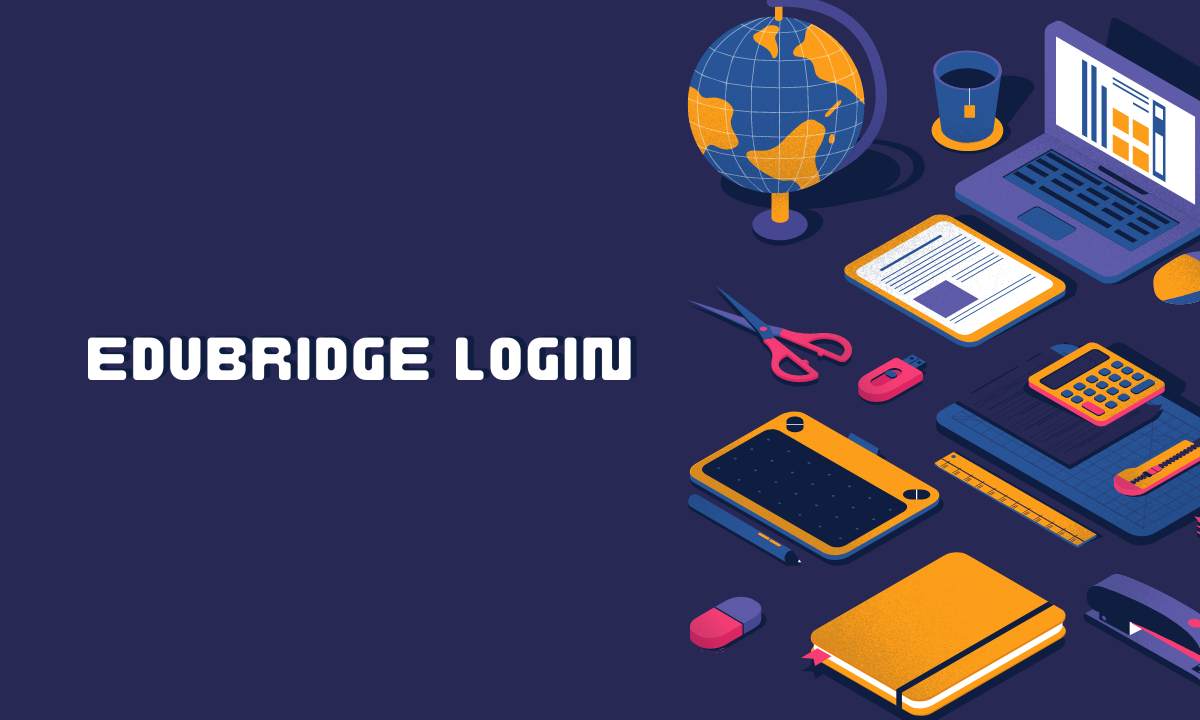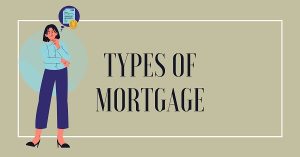Mortgages are one of the most complicated financial instruments out there. Many people don’t understand how they work, and that can make it difficult to make important decisions when it comes time to buy a home.
In this guide, we’ll provide a comprehensive overview of mortgages, explaining what they are, the different types available, and the process for obtaining one. We’ll also cover common questions about mortgages like how to calculate monthly payments and what happens in case of default.
First off, let’s look at what a mortgage is. A mortgage is essentially a loan that a borrower takes out from a lender and uses to purchase a house. The borrower is then responsible for repaying the loan, usually with interest over time. Mortgages can be obtained through banks or other lenders, but the process can often be lengthy and complicated.
Types of Mortgages and Their Pros and Cons
- Fixed-rate mortgage – This type of mortgage has a fixed interest rate that won’t change over the life of the loan. The benefit here is that you know exactly what your payments will be each month, so budgeting can be easier. The downside to this type of mortgage is that if interest rates go down, you’ll still be stuck with the same rate.
- Adjustable-rate mortgage – This type of mortgage has an interest rate that is adjustable periodically, usually according to changes in the market. The benefit here is that you could potentially get a lower interest rate, saving money over the life of the loan. On the other hand, if market conditions change and interest rates go up, so will your monthly payments.
- Refinance mortgage – This is when a borrower refinances their existing mortgage with a new one, usually at a lower interest rate. The benefit of this type of mortgage is that it can save you money on the long-term costs of your loan. However, it can also be a lengthy process and there may be fees associated with refinancing.
Process for Obtaining a Mortgage
When you’re ready to purchase a home, you’ll need to go through the mortgage process. This generally involves finding a lender, applying for the loan, providing documents and financial information, getting pre-approved, and finally closing on the loan.
To find a lender, you can do research online or speak with friends and family for recommendations. Once you’ve found a lender, you’ll need to apply for the loan and provide documents such as bank statements, pay stubs, tax returns, etc. Based on these documents, the lender will determine if you qualify for a loan and the terms of that loan.
If you’re approved for the loan, you’ll receive pre-approval, which means that the lender has agreed to give you the loan. Finally, when all documents are signed and submitted, you’ll close on the loan and become a homeowner.
Common Questions About Mortgages
Q: How do I calculate my monthly mortgage payment?
A: Your monthly mortgage payment is determined by the amount of your loan, the interest rate, and the length of the loan. You can use a mortgage calculator to determine what your monthly payments will be.
Q: What happens if I default on my mortgage?
A: Defaulting on your mortgage means that you’ve stopped making payments and the lender can take action to reclaim their money. Depending on the type of loan, the lender may have the right to foreclose on your home and evict you from it. This is why it’s important to budget properly and ensure that you can make all of your payments on time.
Mortgages are a complicated financial instrument, but with this comprehensive guide hopefully, readers understand the basics better. We’ve gone over what mortgages are, the different types available, the process for obtaining one, and common questions about them.
With this knowledge, readers should be better prepared to make important decisions when it comes time to buy a home.











